Fort Prinzenstein, in Keta, Volta Region, Ghana, is a historic fort with a rich history dating back to the Atlantic slave trade. It was one of the many forts built in Africa east of the Volta River and served as an open port until the Tema Harbour opened to the west in 1962. Fort Prinzenstein is one of the World Heritage Sites, along with several other castles and forts in Ghana, as a bold testament to the dark history of the slave trade.
Danish traders built this fort in 1784 after the Sagbadre War against the Anlo Ewe. The primary function and purpose was to protect the area from other colonial powers. As one of four major structures built by the Danish, Fort Prinzenstein played an important role in the Atlantic slave trade, involving Europeans and captured slaves in West Africa. Besides its dark role in slave trade, the fort was also a hub for the trade of goods such as gold, ivory, and textiles, in exchange for muskets, brandy, iron rods, cowries shells, and more.
History
In 1734, the Dutch West India Company built Fort Singelenburgh at the site where the current fort stands. Historical drawings and plans show that Danes equipped this fort thoroughly with firearms and bastions to bolster its defence. Because of Danish alliance with the defeated Akwamu in the Akyem-Akwamu conflict, they abandoned it 3 years later.
The Danes had established a firm presence in Keta. At the time it was the centre of commerce for the Anlo people. However, in 1783 when the Anlo people pillaged the local Danish agent, the Governor of Christiansborg raised an army drawn from people with a tradition of antipathy towards the Anlo: the Ada, Akwapim, Ga and Krobo. This allowed the Danes to defeat the Anlo and impose a treaty in 1784, allowing them to build Fort Prinzenstein and obliged the Anlo to trade only with them.
Until 1803, the fort served as a dungeon for slaves awaiting transportation to the Caribbean. In 1850, Britain purchased the fort, along with the rest of the Danish Gold Coast, making Keta a British colony from this time onwards.
Today
The sea gradually has been taking over the fort for years now. However, it still tells the dark story. Although a few renovations took place to preserve the historical fort, the impact of the sea still exists and is obvious. This doesn’t stop visitors from around the world. Don't miss the chance to visit too!







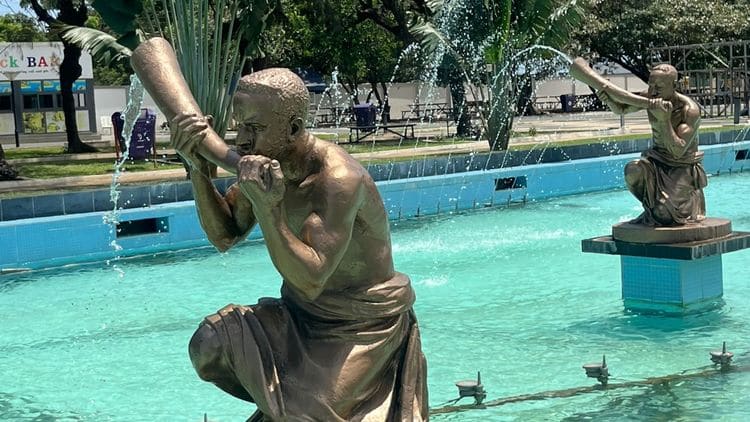
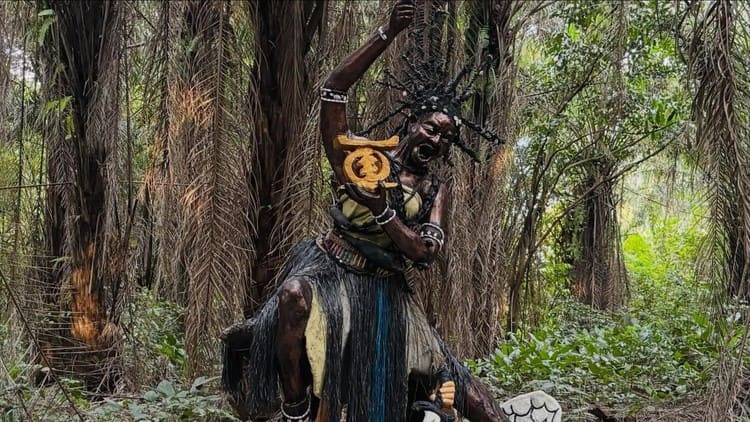
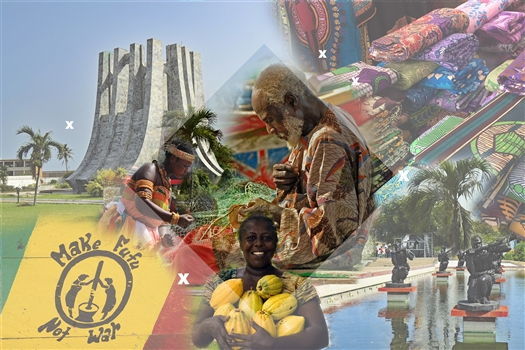


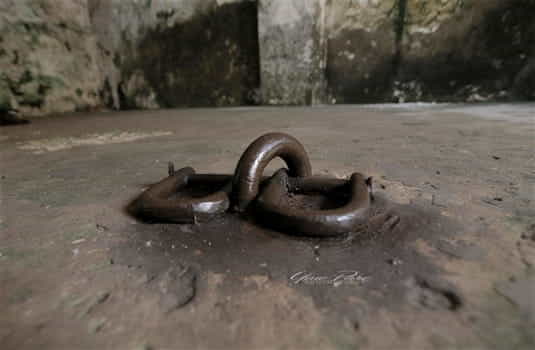
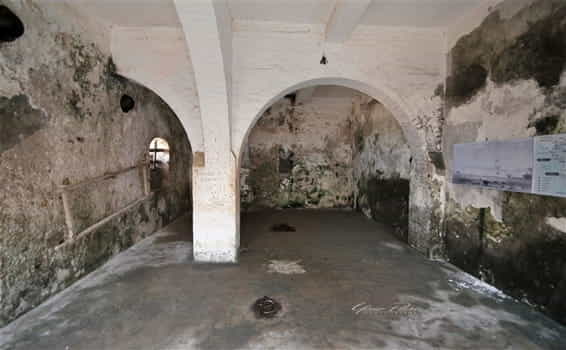
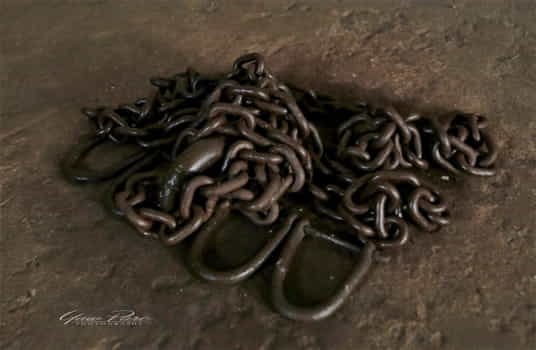


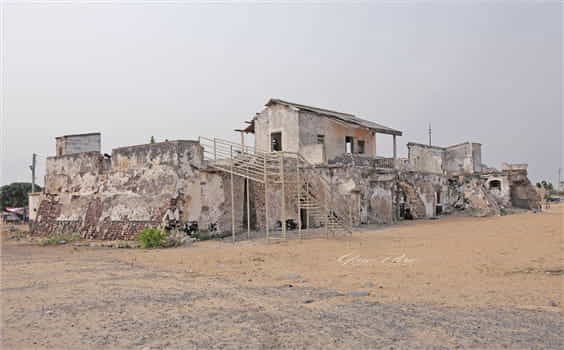
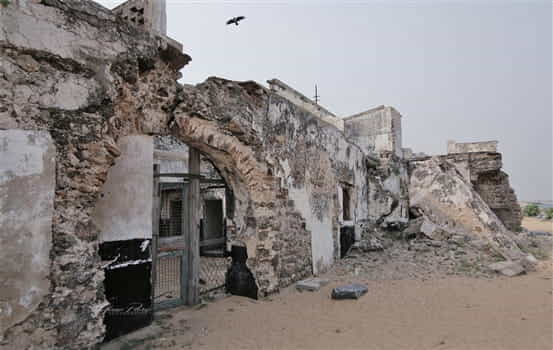
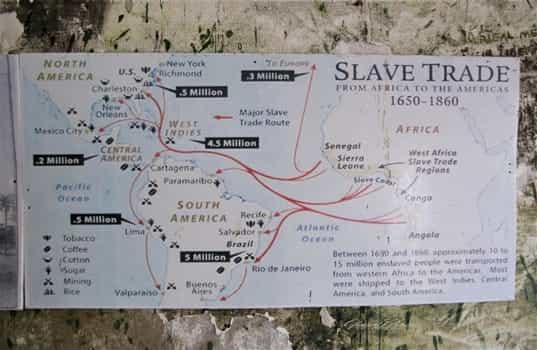
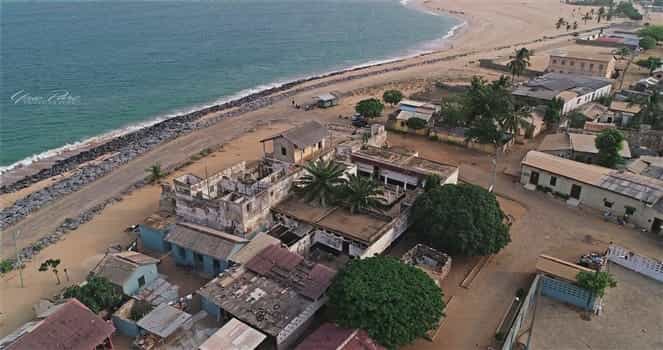



Comments